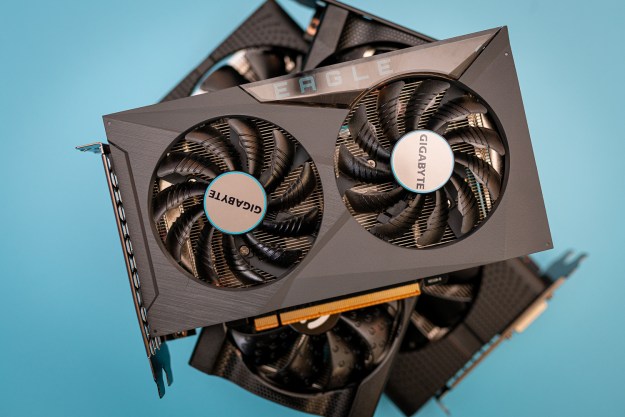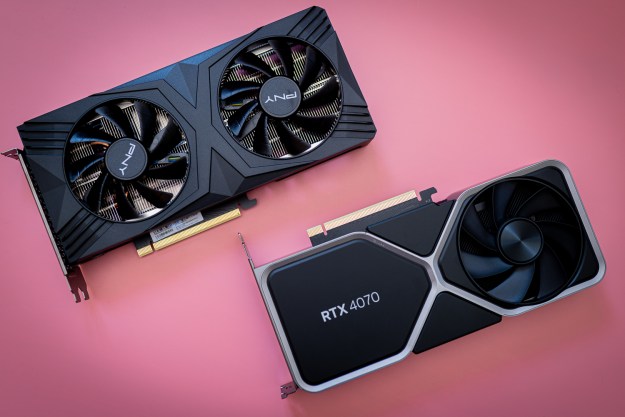While many gamers are currently scoring some great discounts on the AMD Radeon RX 6000 series graphics cards, the next generation is already here. The Radeon RX 7000 series arrives with two graphics cards for a start: the RX 7900 XTX and the RX 7900 XT. It is a powerful upgrade that will make it even more competitive against rival Nvidia’s GeForce cards.
Here’s everything we know about AMD’s new flagships, including our own tests that show how they compare to Nvidia’s RTX 4080 and RTX 4090.
Release date
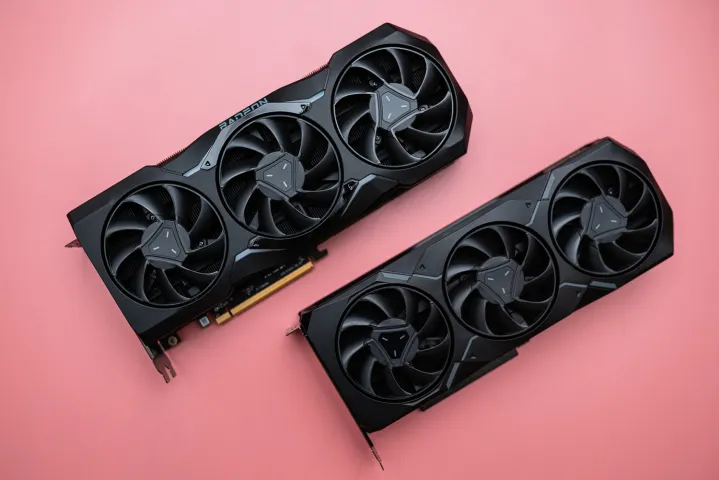
AMD launched the new RX 7900 XTX and the RX 7900 XT on December 13, 2022. The rest of the lineup is yet to be formally announced, but it is expected to arrive in the first half of 2023 in order to rival Nvidia’s rumored RTX 4070 Ti and RTX 4070.
AMD has had a busy 2022. Aside from new graphics cards, it also launched the next generation of Ryzen processors, dubbed the AMD Ryzen 7000. In 2023, we’re expecting to see the rest of the RDNA 3 lineup as well as the 3D V-Cache versions of Zen 4 processors and some of the low-end CPUs from that lineup, so AMD is readying for another year full of new product releases.
Pricing
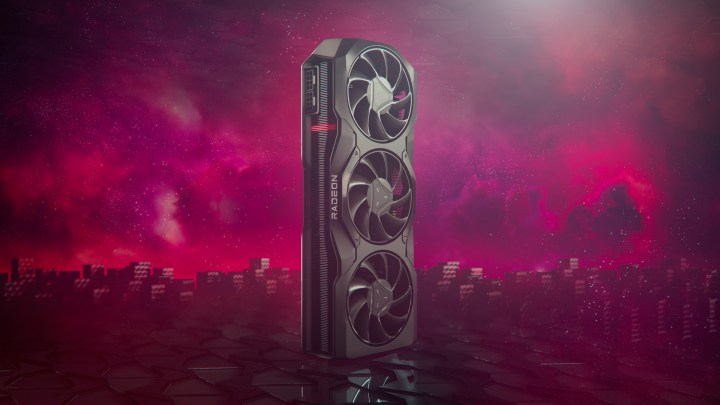
The AMD Radeon RX 7900 XTX, which is the RDNA 3 flagship right now, is priced at $1,000, while the RX 7900 XT costs $100 less at $900. Unfortunately, being just $100 cheaper but also significantly slower, the RX 7900 XT may be doomed to always play second fiddle and never become a fan favorite. There’s simply no reason to pick it over the 7900 XTX — it’ll always be worth it to spend that extra $100 as long as you can.
If and when AMD releases a more powerful graphics card in this generation, we expect it to be priced similarly to the last-gen flagship RX 6950 XT, which arrived with a $1,100 price tag, but it could also go up higher.
For now, the two cards AMD serves up are reasonably priced. Seeing as they’re both set to rival Nvidia’s RTX 4080, they have a marked price advantage over the 4080, which has a recommended price (MSRP) of $1,200. However, these prices may not be accurate for the first weeks, or even months, following the launch.
Depending on the initial supply and demand, there may be periods of time when the price is significantly higher than it should be. However, since the GPU shortage is behind us, the prices will likely normalize over time.
It’s also worth remembering that the cards launched by AMD’s add-in board (AIB) partners may be more expensive than the reference models. Overclocked models usually run $50 to $100 more than the list price.
Specs
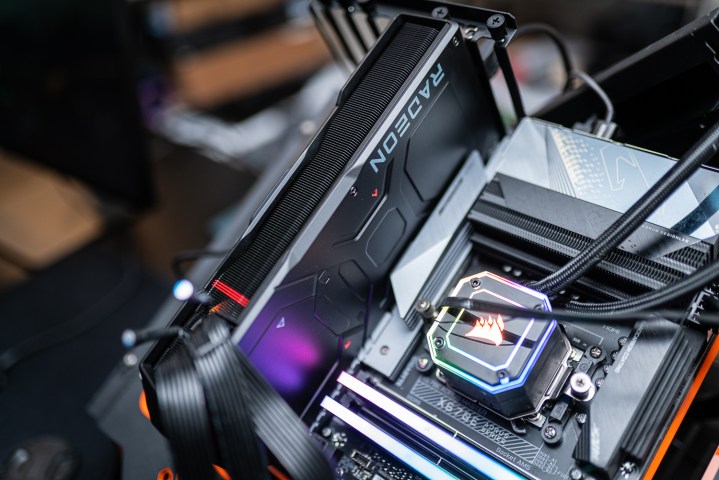
The RX 7900 XTX and the 7900 XT are fairly close in terms of specifications, price, and performance. However, the 7900 XTX reigns supreme, and right now, that card is the best GPU that AMD has to offer. Here’s how they stack up against each other.
| AMD Radeon RX 7900 XTX | AMD Radeon RX 7900 XT | |
| GPU | Navi 31 | Navi 31 |
| Process node | TSMC 5nm (GCD), TSMC 6nm (MCD) | TSMC 5nm (GCD), TSMC 6nm (MCD) |
| Cores | 6,144 | 5,376 |
| Compute units | 96 | 84 |
| Ray tracing accelerators | 96 | 84 |
| AI accelerators | 192 | 168 |
| Game clock | 2,300MHz (Game clock) / 2,500MHz (Boost clock) | 2,520MHz |
| Memory size | 24GB GDDR6 | 20GB GDDR6 |
| Memory bus width | 384-bit | 320-bit |
| TBP | 355W | 315W |
Architecture
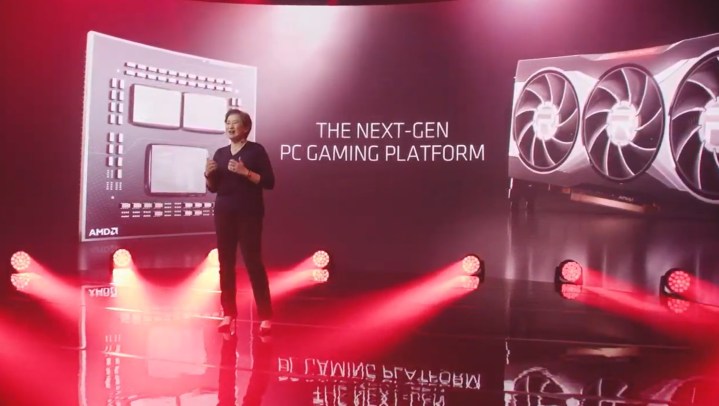
While AMD’s Radeon RX 6000 was based on the company’s 7nm RDNA 2 microarchitecture — a design also found in the Sony PlayStation 5 and Microsoft Xbox Series X — the new Radeon RX 7000 moves to an RDNA 3 design based on a mix of the 5nm and 6nm processes.
Previous-gen RDNA 2 was more colloquially referred to as Big Navi by gamers and Navi 2x by AMD executives, RDNA 3 is referred to as Navi 3x. The most-commonly mentioned chips include the Navi 33, Navi 32, and Navi 31, with the 31 being found in the flagships.
In this generation, AMD makes use of a new chiplet design borrowed from the architecture used on its Ryzen processors. It’s a similar approach, but it’s not exactly the same. The GPU features multiple dies, dubbed memory cache dies (MCD), each equipped with one GDDR6 memory controller as well as 16MB of AMD’s Infinity Cache. This adds up to a massive 96MB cache for the flagship 7900 XTX. There’s also a single die that houses all of the GPU cores, called the graphics compute die (GCD).
There’s a major difference between the MCDs and the GCDs, and it’s not just their purpose. AMD has used a different process node in each; the GCDs are fabbed on the 5nm node, which has a much higher transistor density compared to the previous generation, while the MCDs are based on TSMC’s 6nm node. This likely lets AMD produce the cards at a lower cost, seeing as the 6nm process is cheaper to buy than 5nm, which will hopefully translate to better availability.
The Compute Units (CUs) in the GCD house the cores, which AMD refers to as Stream Processors. Each CU also comes with two ray tracing accelerators, as well as one AI accelerator. It’s not clear what the use of these AI accelerators is right now, outside of GPU-based machine learning. In the future, they may have implications for AMD’s FSR 3 upscaling, but that’s not clear yet.
Performance
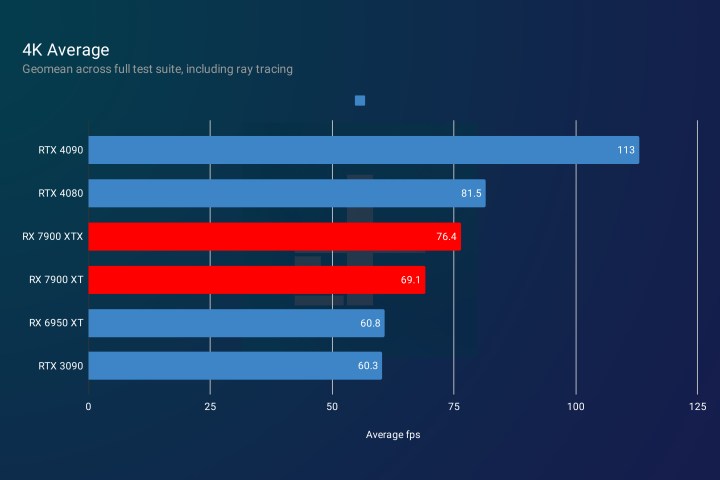
We’ve had the chance to test both the RX 7900 XTX and the RX 7900 XT extensively. Next, we compared these results to our previous testing of the RTX 4080 and the RTX 4090. Thanks to that, we have an accurate read on the real-life performance of AMD’s new flagships.
AMD never tried to market the new GPUs as rivals to Nvidia’s flagship RTX 4090, and through our testing, it’s easy to see why. While both the cards are able to trade blows with the RTX 4080 (although the 7900 XTX obviously fares much better), the 4090 is miles ahead and there’s no way for AMD to catch up right now.
In 4K gaming tests with ray tracing included, the RX 7900 XTX scored 76.4 frames per second (fps) on average, followed by 69.1 fps for the RX 7900 XT. This puts the RX 7900 XTX within 6% of Nvidia’s RTX 4080, while the RX 7900 XT is around 15% behind the Team Green card.
Comparing the GPUs to the previous generation reveals a lead, but it’s not as massive as one might have hoped for. Nvidia introduced a huge generational gap when it launched the RTX 4090. AMD, however, kept things much more conservative both in terms of price and in terms of performance. On average, in 4K gaming, the RX 7900 XT is about 14% faster than the last-gen RX 6950 XT, while the RX 7900 XTX notes a 26% lead over the previous flagship.

Ray tracing plays a big part in why the GPUs are not quite there yet in terms of performance, and when we exclude ray tracing, the scores go up significantly. However, Nvidia’s lead remains. Historically, AMD trailed behind Nvidia as it tried to keep up in ray tracing performance. In this generation, the gap grew smaller, but not to the extent we would like to see.
Throughout our testing, it’s clear that AMD can compete against Nvidia’s RTX 4080, but it still misses out on better ray tracing as well as access to Nvidia’s latest tech flex, DLSS 3. In terms of pure gaming, it falls close enough to the RTX 4080 that it provides good value considering the price gap between the two.
Editors' Recommendations
- AMD Zen 5: Everything we know about AMD’s next-gen CPUs
- AMD RDNA 4: Everything we know about the RX 8000 series
- I tested AMD’s RX 7800 XT against Nvidia’s RTX 4070, and there’s a clear winner
- AMD’s two new GPUs significantly undercut Nvidia
- This AMD GPU could have destroyed Nvidia, but we might never see it




